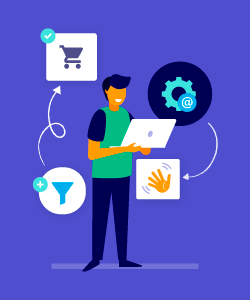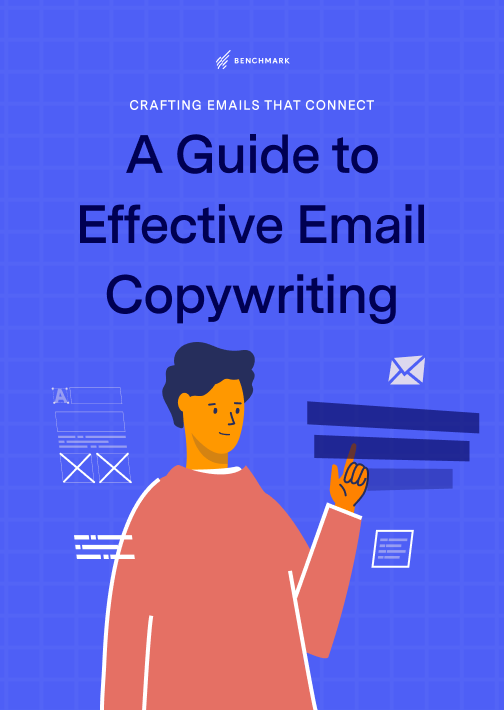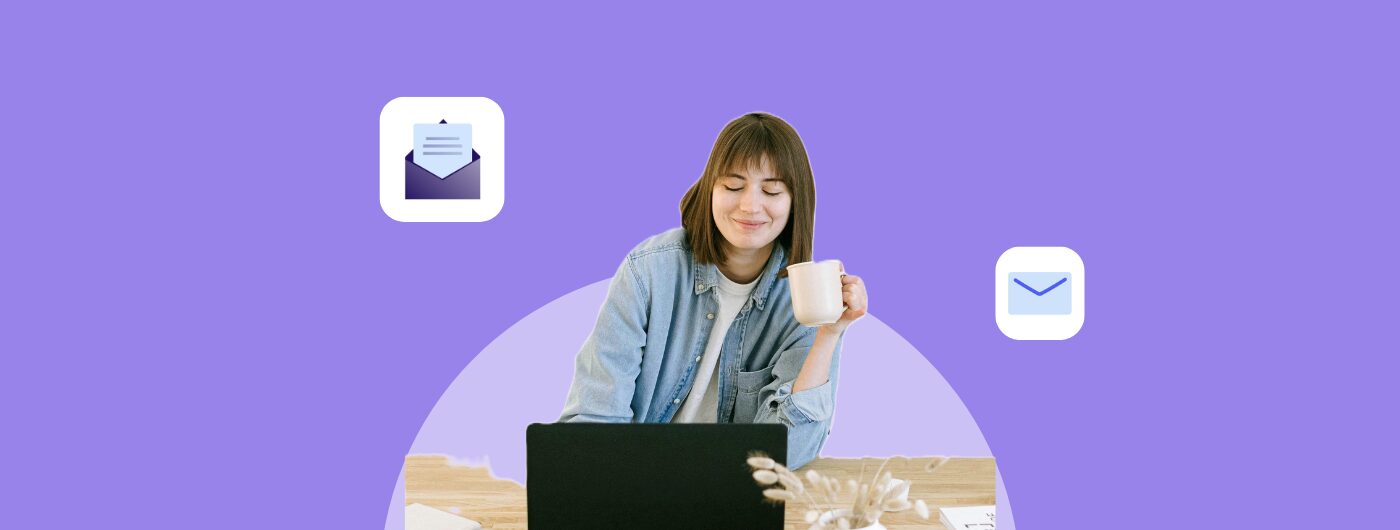Efficient Email Marketing: Quick Tips for Marketers Juggling Multiple Tasks
April 24, 2024 5 min read

Marketers, akin to jugglers in a never-ending circus act, must deftly balance numerous tasks while keeping their eyes fixed on the ultimate prize: engaging and converting customers. Amidst this whirlwind of responsibilities, one tool stands out as both a lifeline and a potential vortex of time: email marketing. As marketers strive to harness the power of email to drive results, they often find themselves grappling with a myriad of challenges, not the least of which is the relentless pressure of multitasking.
Why are marketers perpetually pressed for time? The answer lies in the dynamic nature of the digital landscape. With trends evolving at breakneck speed, algorithms shifting their algorithms, and consumer preferences undergoing constant metamorphosis, marketers are compelled to adapt and innovate ceaselessly. From crafting compelling content to analyzing intricate data, from nurturing leads to optimizing campaigns, the modern marketer’s to-do list resembles a labyrinth, demanding both agility and strategy. Amidst this cacophony of demands, email marketing emerges as a linchpin, offering unparalleled reach and ROI. However, harnessing its potential while navigating the tumult of other responsibilities requires a keen understanding of efficiency tactics tailored to the unique challenges faced by multitasking marketers.
In this article, we delve into the realm of efficient email marketing, offering quick tips and strategies specifically designed for marketers juggling multiple tasks. Whether you’re a seasoned professional seeking to streamline your workflow or a newcomer navigating the labyrinth of digital marketing, these insights will serve as invaluable guides on your quest for marketing mastery. So, buckle up and prepare to unlock the secrets of efficient email marketing in a world where time is of the essence and success hangs in the balance.
1. Define Clear Objectives
Before diving into your email marketing efforts, take a moment to define clear objectives. What do you hope to achieve with your email campaigns?
- Drive Sales and Conversions: One of the primary objectives of email marketing is to generate revenue by promoting products or services, driving traffic to eCommerce platforms, and encouraging recipients to make purchases.
- Increase Website Traffic: Email marketing can be used to direct subscribers to specific landing pages, blog posts, or other content on your website, thereby increasing overall website traffic and engagement.
- Build and Nurture Relationships: Establishing and nurturing relationships with subscribers is key to long-term success. Email marketing can be used to provide value to subscribers, engage with them on a personal level, and build trust and loyalty over time.
- Grow Subscriber List: Growing your email subscriber list is essential for expanding your reach and increasing the effectiveness of your email marketing efforts. Objectives related to list growth may include increasing the number of subscribers, improving the quality of leads, or reducing unsubscribe rates.
- Boost Engagement and Interactions: Email marketing can be used to encourage subscribers to engage with your brand by opening emails, clicking on links, sharing content, or participating in promotions and surveys.
- Educate and Inform: Email marketing is an effective tool for providing subscribers with valuable information, updates, tips, and resources related to your industry or niche. Objectives may include educating subscribers, answering their questions, and positioning your brand as a thought leader in your field.
- Re-engage Inactive Subscribers: Over time, some subscribers may become disengaged or inactive. Email marketing can be used to re-engage these subscribers by sending targeted campaigns designed to recapture their interest and encourage them to reconnect with your brand.
Having well-defined goals will guide your strategy and ensure that your efforts are focused and effective.
2. Segment Your Audience
Instead of sending the same boring email to your entire subscriber list, segment your audience based on demographics, purchase history, or engagement level. By sending specific, targeted emails to each audience segment, you can deliver more personalized content that resonates with your audience, leading to higher open and click-through rates.
Some other segments to consider include:
- Behavioral Segmentation: Segmenting your email list based on the actions and behaviors of subscribers, such as purchase history, website visits, email engagement (opens, clicks, conversions), frequency of interaction, or stage in the customer journey (e.g., new subscribers, loyal customers, inactive subscribers).
- Psychographic Segmentation: Dividing your email list based on psychological attributes, lifestyle choices, values, attitudes, interests, hobbies, or personality traits.
- Firmographic Segmentation: B2B marketers often segment their email lists based on firmographic criteria such as company size, industry, revenue, location, years in business, or job title.
- Preferences and Interests Segmentation: Gathering data on subscribers’ preferences, interests, hobbies, and areas of interest allows you to segment your email list accordingly and send content that aligns with their specific interests.
- Lifecycle Stage Segmentation: Segmenting your email list based on where subscribers are in the customer lifecycle, such as new leads, prospects, first-time customers, repeat customers, or lapsed customers.
3. Utilize Automation
Automation is a busy marketer’s best friend when it comes to email marketing. Take advantage of email automation tools, like Benchmark Email, to schedule and send emails at optimal times, trigger emails based on user actions, and nurture leads through automated drip campaigns. This allows you to stay engaged with your audience without having to manually send emails every time.

4. Keep It Concise
In today’s digital age, people’s attention spans are shorter than ever. Keep your email content concise and to the point. Use compelling subject lines to grab attention and focus on delivering value in the body of the email. Avoid lengthy paragraphs and unnecessary fluff – get straight to the point to keep your audience engaged.
If you’re experiencing writer’s block, employ the use of AI tools, like ChatGPT, to quickly and easily craft your email copy for you.

5. A/B Test Your Campaigns
Don’t leave the success of your email campaigns to chance. Conduct A/B tests to play around with different elements of your emails. By testing various aspects of your emails, you can see what your audience responds best to and refine your strategy for optimal results.
6. Monitor and Analyze Performance
Track the performance of your email campaigns and review key metrics to keep a pulse on your email marketing efforts. Identify trends and patterns in your data to gain insights into what’s working well and what areas need improvement. Use this information to iterate on your strategy and make data-driven decisions moving forward.
Efficient email marketing is crucial for busy marketers who are juggling multiple tasks. By following these quick tips, you can streamline your email marketing efforts and achieve maximum results with minimal effort.




